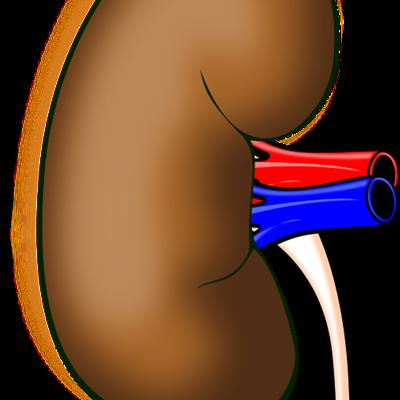Early symptoms of ependymoma?
summary
Ependymoma is a brain tumor, and normal people will know that our brain is very important but also very fragile. The brain nerves are many and complex, so the treatment of this disease is difficult and risky. But if the disease is found in time and treated in time, the cure rate will be improved. Therefore, we should read more medical books and get familiar with the details of various diseases. When they appear ependymoma symptoms, they can judge, and quickly to the hospital for diagnosis and treatment. Next, let's popularize the symptoms of ependymoma.
Early symptoms of ependymoma?
First, the course of disease of patients with different types of tumors was longer, with an average of 10-14 months. The main manifestations of infratentorial ependymoma were paroxysmal nausea, vomiting (60% - 80%) and headache (60% - 70%), followed by walking instability (30% - 60%), vertigo (13%) and speech disorder (10%), cerebellar ataxia (70%) and optic disc edema (72%), The most common symptoms of ependymoma in the fourth ventricle were abnormal gait. Supratentorial ependymoma was characterized by headache, vomiting, somnolence, anorexia, diplopia and other intracranial hypertension symptoms (67% - 100%), with seizures (25% - 4O%). Ependymoma in the cerebellopontine angle may have tinnitus, deafness and posterior group neurological symptoms, Children under 2 years old have special symptoms, such as irritability, drowsiness, loss of appetite, enlarged head circumference, plump anterior fontanelle, stiff neck, delayed growth and no weight gain.

Second, the clinical symptoms of ependymoma patients are quite different due to the different locations of tumors. Nausea, vomiting and headache are relatively nonspecific. Supratentorial and infratentorial tumors are the most common clinical symptoms. Generally speaking, posterior fossa tumors show symptoms of increased intracranial pressure (vomiting and headache), accompanied by gait instability; Epileptogenic symptoms account for 25% of children with supratentorial ependymoma. Neck pain and stiffness are also common symptoms of posterior fossa ependymoma, which may be related to tumor invasion of cervical nerve root.

Third: the most common sign of ependymoma in any part of children is optic disc edema. Other signs according to the location of the tumor, nystagmus, meningeal sign and poor ranging are the most common in posterior fossa lesions. Hemiplegia, tendon hyperreflexia and abnormal visual field are the most common signs of supratentorial tumors. Ataxia can be seen in supratentorial and infratentorial lesions.

matters needing attention
Surgical resection of all tumors is the first choice for the treatment of ependymoma. For patients with total tumor resection, radiotherapy should be performed after surgery. At present, the surgical mortality of supratentorial ependymoma has been reduced to 0% to 2%, while the surgical mortality of infratentorial ependymoma is 0% to 13%.













